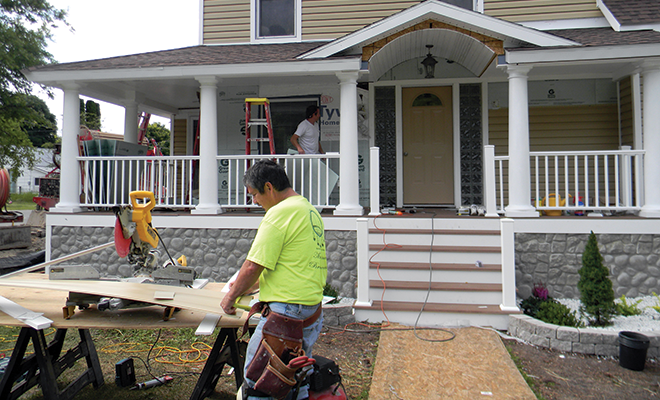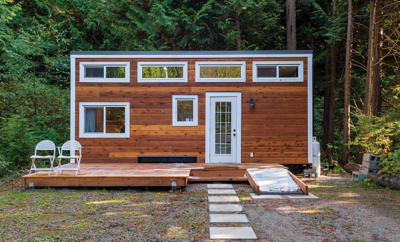
Flipping a house for profit
It’s a real estate transaction that’s one of the best investments you can make and that results in a higher return than almost any other form of investment. Since the buying and selling happens relatively closely in time, you also avoid the possibility of the market falling out and taking your profit potential with it.
In case you haven’t seen one of the various flipping TV shows or read any of the how-to books, flipping happens when you purchase a house or property that needs work, you do that work, and then you sell the property for a profit, all within a relatively short period of time.
In theory, it sounds easy. Watching the experts on the reality flipping shows makes it look easy too. But if you’re considering flipping a house, you can get into a whole lot of trouble if you don’t know what you are doing.
Let’s outline the process, but keep in mind that even these steps are not foolproof.
Research
Successful flippers will tell you that the most important step is determining the financial viability of the deal, and it starts with the purchase. Naturally, the lower the purchase price, the higher your potential profit at the end.
You must evaluate the neighborhood as well as the house. A real estate agent could help you with the market potential and who your buyer might be. Flipping in a hot neighborhood with a low supply of renovated homes will usually result in a higher demand from buyers, especially if the flip has easy access to good shopping, transportation and schools.
Conduct your own buyer’s checklist, as well as consulting with your property inspector. Note the assessed value of the property, how long it’s been on the market, the zoning (flood or hazards), the stability of the ground, previous inspection reports, lot expansion possibilities, survey and any prior claims against the current owner. You don’t want any surprises if you can help it.
Once you’ve found the perfect property, it’s time to move to the second phase.
Do the math
How much will your renovation cost? Get a contractor to give you an estimate of the cost and the time it may take to finish the job. Your category of buyer will dictate certain features and finishes in your flip, so be ready to add in the correct levels of materials and workmanship. Don’t forget permits. Most municipalities require permits from contractors, and if you are doing your own work, you will be dealing with those headaches. Some buyers feel more comfortable knowing a flip was renovated with permits. You also don’t want to stop work thanks to a surprise visit from an inspector.
Contractors are key to a good flip. Be sure you trust your contractor and her ability to manage your time and money. Putting your money in the right places will result in the most profit; for example, kitchens and baths provide a good return on investment. But buyers also love new roofs, newer air conditioning and heating systems and updated electrical and plumbing.
How much will your house sell for? You should know that buyers don’t care how much money or time and sweat you put into the flip. They want a good deal. Often, flippers make the fatal mistake of spending more moneythan their budget allowed and then overcharging for the house. If you buy a house for $75,000, put $75,000 in it, and list it for $200,000, knowing the most expensive house on the block went for $100,000 a month ago, be ready to lose money.
When setting your list price, add in the real estate selling commissions (on both the front and back end), legal fees, financing costs (interest charges, etc.), utilities (water, power, gas, sewer, trash, dumpsters, etc.) and insurance, among other holding costs.
It’s your desired profit that will speak louder than anything when you set the list price. Add the amount of money that you want to make inside the list price.
Here’s the basic formula: the purchase price equals the projected market value minus repair costs, selling costs, holding costs and profit.
The offer
You will not be the only interested party if you have found a pretty good property to flip. In addition to other flippers out there, there are first-time buyers looking to repair and live in distressed properties. Time is of the essence. Make your best offer in the smallest amount of time possible. Some sellers won’t even wait for counter offers, and you may be left out in the cold.
Once your offer has been accepted and you’ve closed on your flip, waste no time getting to work. Remember, the holding costs accrue every day, taking chunks out of your bottom line. But with careful planning and structuring of the deal, you may end up with even more profit than you imagined. HLM
Sources: investopedia.com, moneycrashers.com, wikihow.com and the experience of the author.







